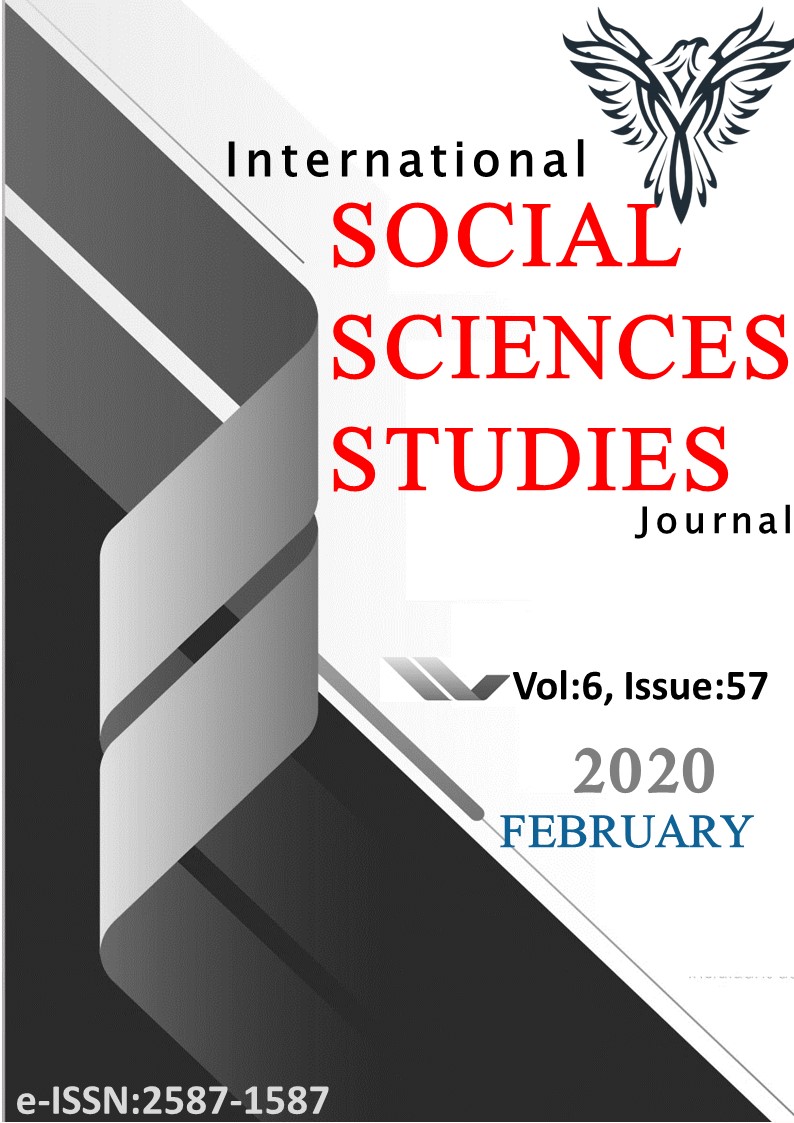Author :
Abstract
Postmodern kentsel mekân mimari tarz bağlamında moderniteden kopuşun dışında; bu mekân tüketim toplumuna, imajlara yapılan vurgu, eski ve yeninin bir aradalığı, esneklik ve eklektik söylemleriyle öne çıkmaktadır. Postmodern kent söylemi ve pratiklerinin öne çıktığı dönemde, duvarlarla ve güvenlik önlemleriyle çevresinden yalıtılmış kapalı yerleşim birimleri yaygınlaşmıştır. Neoliberal ekonomi politikalar sonucu sınıflar arasında artan eşitsizlikler, kentlerdeki mekânsal ayrışmayı da keskinleştirmiştir. Böylece soylulaştırılmış mekânlar, yeni orta ve üst sınıf kentli zengin için güvenlikli siteler aracılığıyla daha görünür hale gelmiştir. Bu çalışmada İzmir’de inşa edilen MyVia Konut Projeleri örneğinden hareketle, postmodern kentleşme sürecinin izleri araştırılmıştır. MyVia Konut Projeleri’nde, talep çerçevesinde şekillenebilen yeni ve eskiyi bir arada bulundurabilen, esnek ve eklektik konutların inşa edilmesi, nostaljik ve modern çizgilerin bir arada olduğunun ifade edilmesi postmodern kent anlayışının izinden gidildiğinin de kanıtılarıdır. Bu araştırmada nitel araşatırma yöntemi benimsenmiş olup, yarı yapılandıırılmış görüşme tekniği ile MyVia evlerinde oturanlar, site yetkilileri ve güvenlik çalışanlarından oluşan 21 kişi ile görüşmeler gerçekleştirilmiştir. Kısacası, postmodern kentsel mekân ve güvenlikli sitelerin kesişme noktaları, bu görüşmecilerden elde edilen bulgularla analiz edilmiştir.
Keywords
Abstract
Postmodern urban space, apart from breaking with modernity in the context of architectural style; this place stands out with its emphasis on consumer society, images, combination of old and new, flexibility and eclectic discourses. In the period when postmodern urban discourse and practices came to the fore, gated communities, isolated from its surroundings, became widespread with walls and security measures. Increasing inequalities between classes as a result of neoliberal economic policies also sharpened spatial segregation in cities. Thus, the gentrified spaces have become more visible through the secure sites for the new middle and upper class urban rich. In this study, the traces of the postmodern urbanization process were investigated based on the example of MyVia Housing Projects built in İzmir. In MyVia Housing Projects, the building of flexible and eclectic houses that can form new and old together, which can be shaped within the framework of demand, and expressing the combination of nostalgic and modern lines are proofs of the pursuit of the postmodern urban understanding. In this study, qualitative research method was adopted and interviews were conducted with 21 people, who were living in MyVia houses, site officers and security personnel with semi-structured interview technique. In short, the intersection points of postmodern urban space and gated communities, were analyzed with the findings obtained from these interviews.





